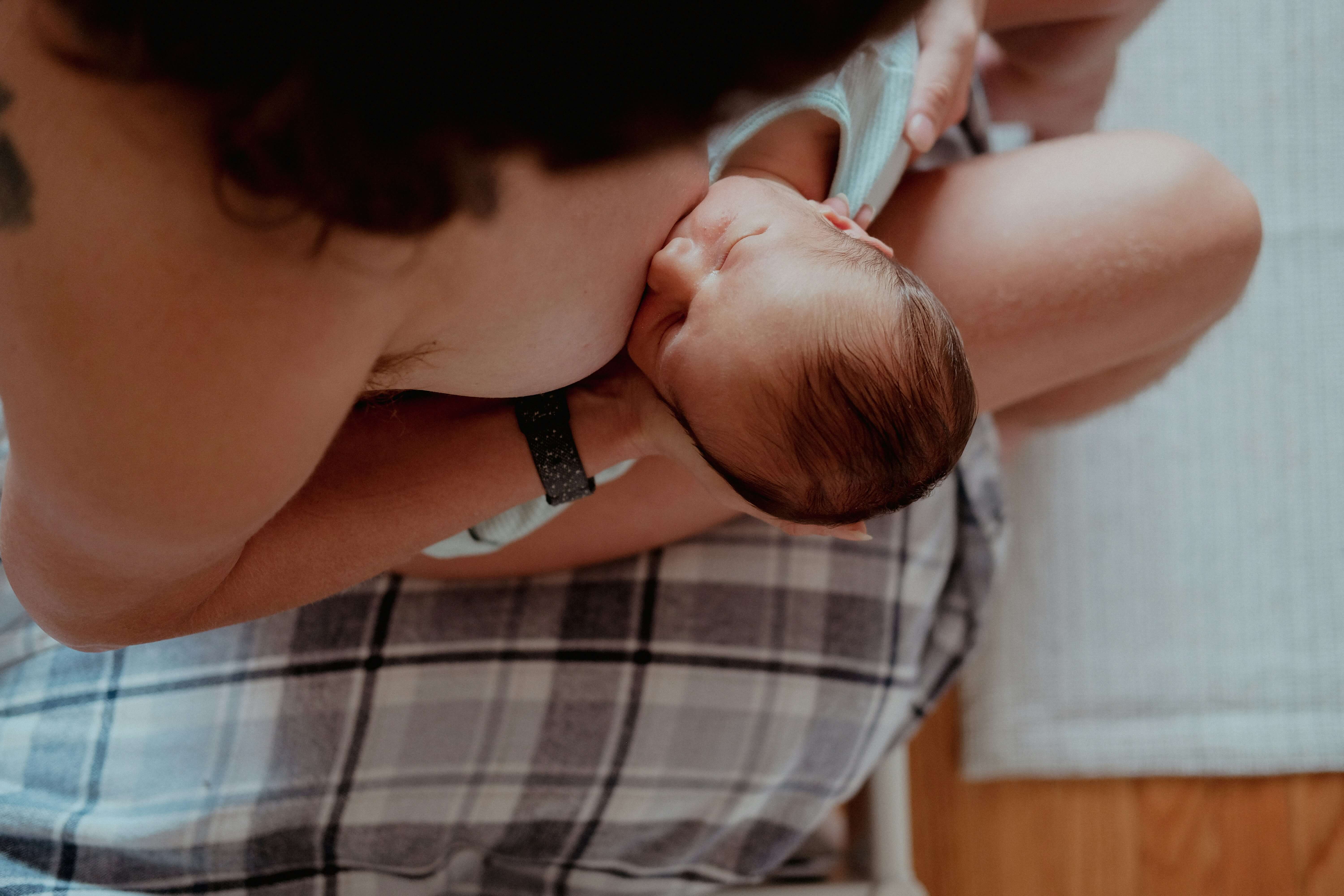Search
Information about ORIGINS Confidentiality Statement.

Our participants have the opportunity to join a variety of sub-projects ranging from allergy prevention to improving the mental health of families.

ORIGINS has several sub-projects exploring allergy development within the cohort, with a focus on nutritional strategies for allergy prevention.

The BioMood project will study how following a Mediterranean diet during pregnancy affects the gut microbiome, metabolism, and inflammation, with the expectation that it will promote a healthier microbiome and better mental health.

This project aims to investigate the impact of a non-severe burn injury on children's health for life.

This study is investigating whether a machine learning based approach can be used to improve fetal brain anatomy measurement for learning development studies.

Exploring whether urinary ferritin can be used as an alternative biomarker for measuring iron status in young children over blood draws.

Research shows at least a third of newborns receive formula in hospital, a practice shown to be associated with an increased risk of cow’s milk allergy.

This study aims to examine how a Mediterranean diet and exercise in pregnancy impacts on neonatal body fat composition at birth and weight at one year of age.

Research shows at least a third of newborns receive formula in hospital, a practice shown to be associated with an increased risk of cow’s milk allergy.
